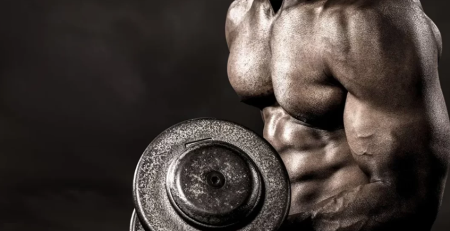Usage of Steroids and Insomnia
Anabolic Androgenic Steroid (AAS) Abuse’s Effect on Athletes’ Sleep Patterns and Disturbances
Abuse of anabolic androgenic steroids (AAS) has raised public health concerns around the globe and is linked to several psychological problems. People who use AASs have been observed to have more and more sleep difficulties in recent years. This blog intends to investigate the relationship between resistance training, AAS misuse, and sleep patterns while highlighting the significance of sound sleep for athletes’ general well-being.
Being Aware Of Sleeps as Physiological States:
Let’s first examine the effects of AAS misuse on sleep before exploring how these processes are regulated. Multiple brain regions, including slow-wave sleep centres, REM sleep centres, and sleep cycle regulators, control the complicated state of sleep. The incidence and duration of sleep might be adversely affected by disruptions in these processes.
Sleep Disturbances and As Abuse: A Relationship
The major factor that directly promotes sleep disruptions is the sense of an energy rush and increased aggression experienced by athletes taking steroids. While other AAS usage adverse effects, such as headaches and acne, may indirectly impair sleep.
AAS Abuse and Aggressiveness: Using AAS frequently results in a jolt of energy and a sense of accomplishment. This can lead to pathological hostility that lasts throughout sleep in athletes who have a natural propensity for violence. Sleep problems result from the brain’s inability to adjust to physiological rest and sleep.
Research Conclusions Relating to AAS and Sleep Disturbances: Research on athletes using AASs has brought attention to the relationship between the frequency and severity of side effects, such as sleep disturbances, and the amount of steroids used. Researchers from Ukraine who studied athletes taking steroids noted signs of non-adrenergic hyperactivity, including anxiety, insomnia issues, irritability, increased perspiration, disturbed appetite, heart palpitations, and high blood pressure. Furthermore, sleep disruptions were particularly severe in young athletes under the age of 18, and they remained even after stopping AAS use.
Impact on Architecture and Sleep Efficiency:
A research comprising 58 guys separated into three groups—current AAS users, controls with no history of AAS use, and sedentary individuals without sleep disorders—was carried out to better understand the effects of AAS misuse on sleep. Results from polysomnography revealed that compared to the sedentary group, the AAS user group had less efficient sleep and more wakings after sleep initiation. Additionally, compared to the non-users group, the sedentary group had a larger percentage of stage 4 sleep.
AAS misuse, Sleep Disturbances, And Resistance Exercise: It’s important to distinguish between sleep disturbances brought on by AAS misuse and those brought on by things like resistance exercise and overtraining. Even though AAS users seldom have sleep disturbances, other variables like overtraining might make it difficult to fall asleep. In such circumstances, getting enough rest and modifying one’s exercise load might assist in restoring sleep normalcy.
AAS misuse is linked to sleep disruptions in athletes, mostly because of these drugs’ increased aggression and non-adrenergic hyperactivity. An athlete’s physical and emotional health depends on getting enough sleep, and knowing how AAS misuse affects sleep patterns can help athletes make wise decisions about their well-being. To achieve optimum sports performance and general health, it is critical to approach AAS usage cautiously and prioritise good sleep hygiene.











Leave a Reply